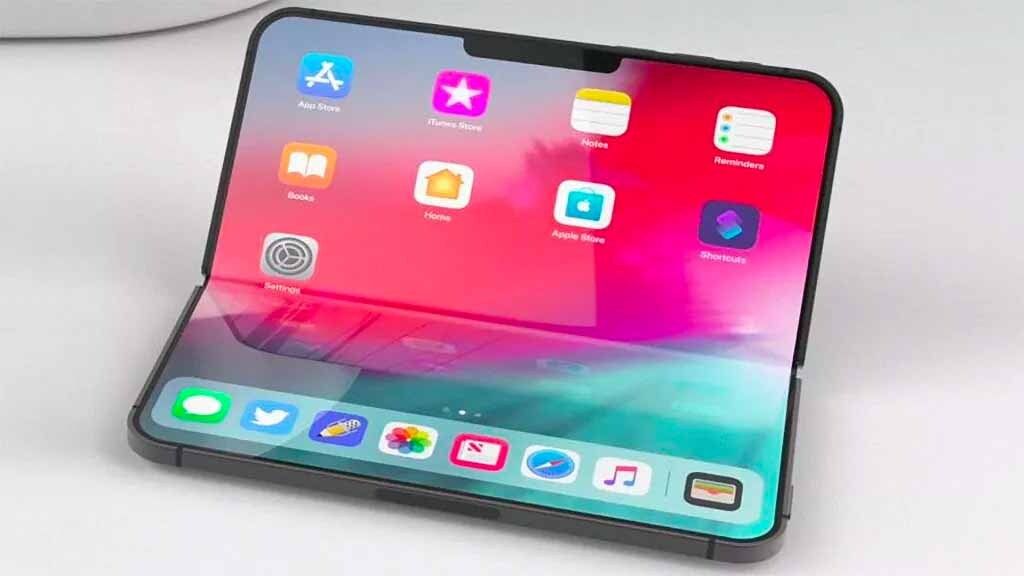
iPhone Flip and Foldable iPad could finally go into mass production next year — what we know
- 17.03.2025 11:45
- tomsguide.com
- Keywords: dangerous, success
Apple’s foldable devices, including an iPhone and iPad, may enter mass production by late 2026, according to analyst Jeff Pu. Prototyping began in April 2023, with the first products likely launching in early 2027.